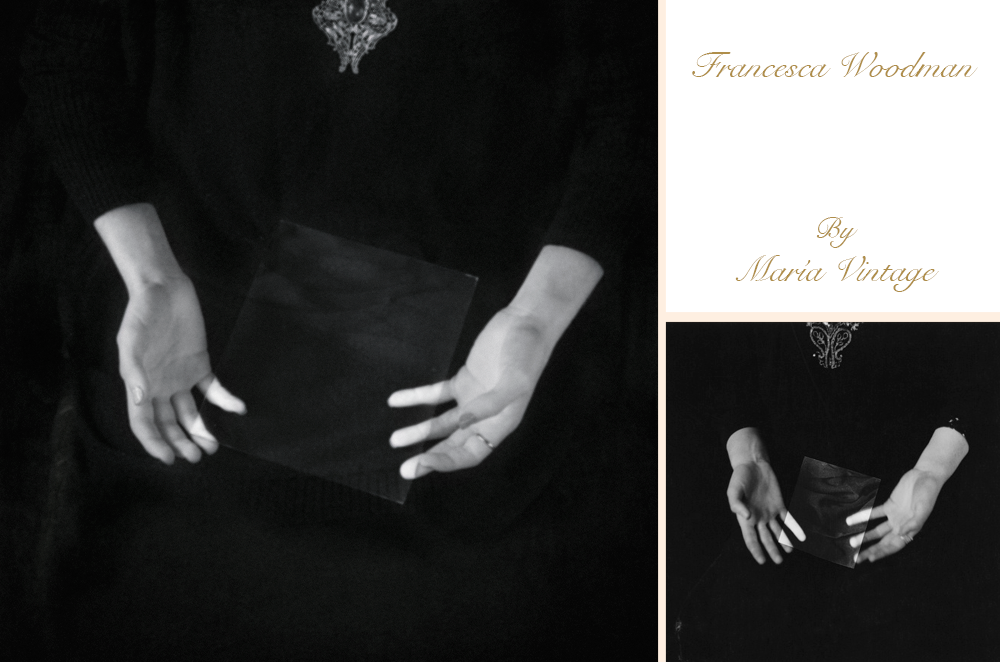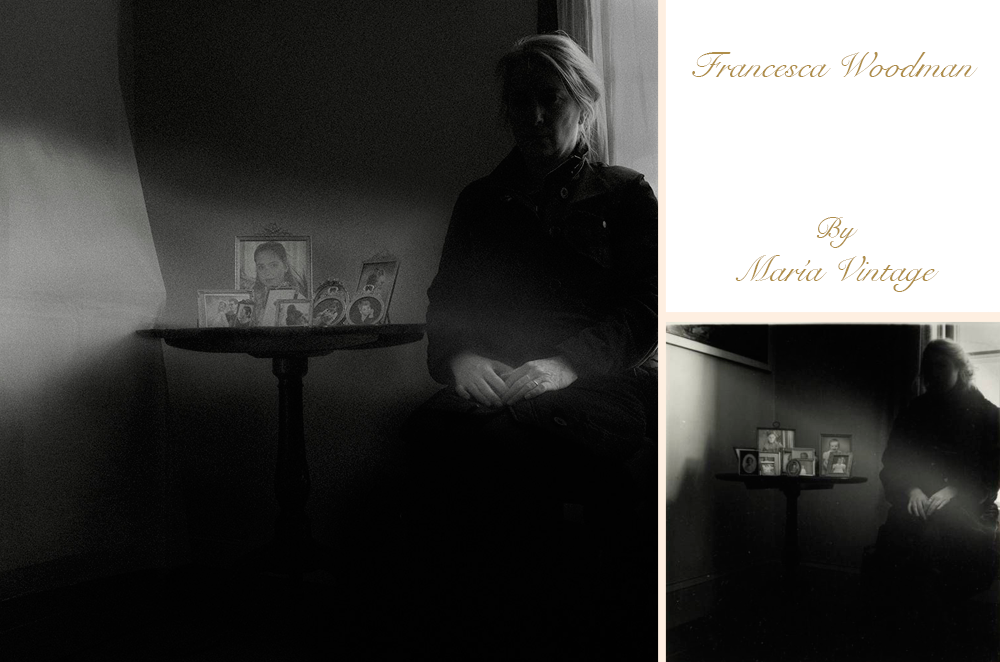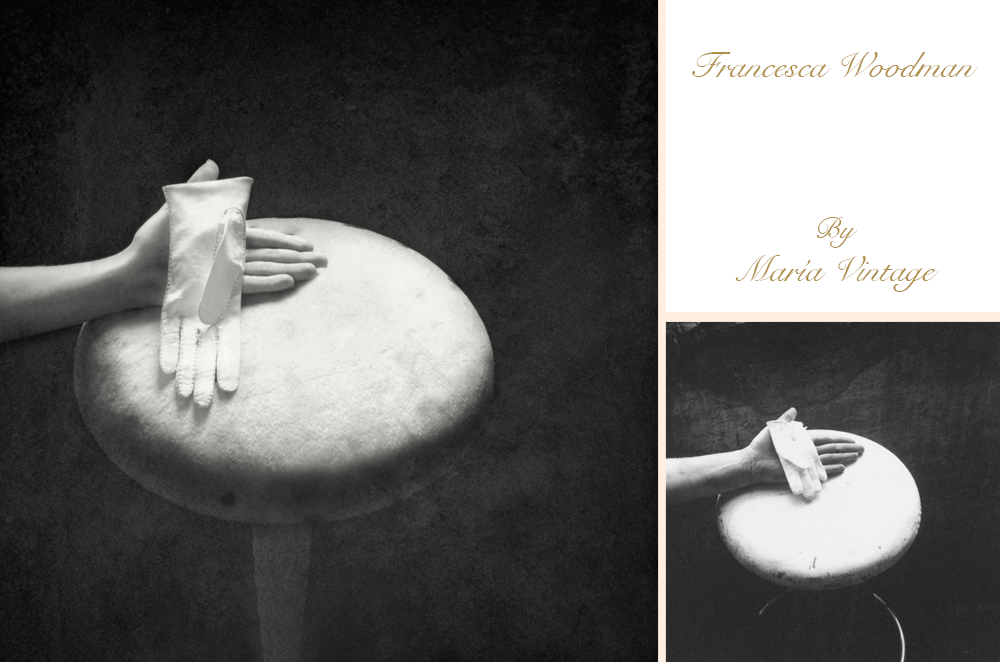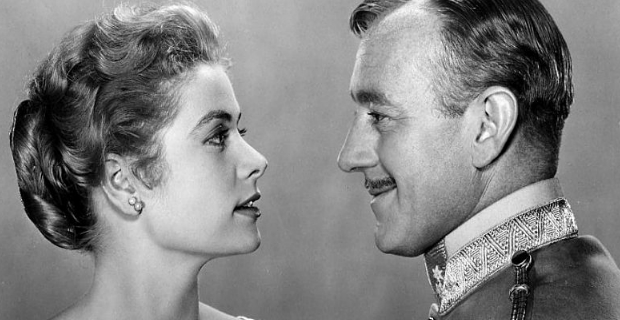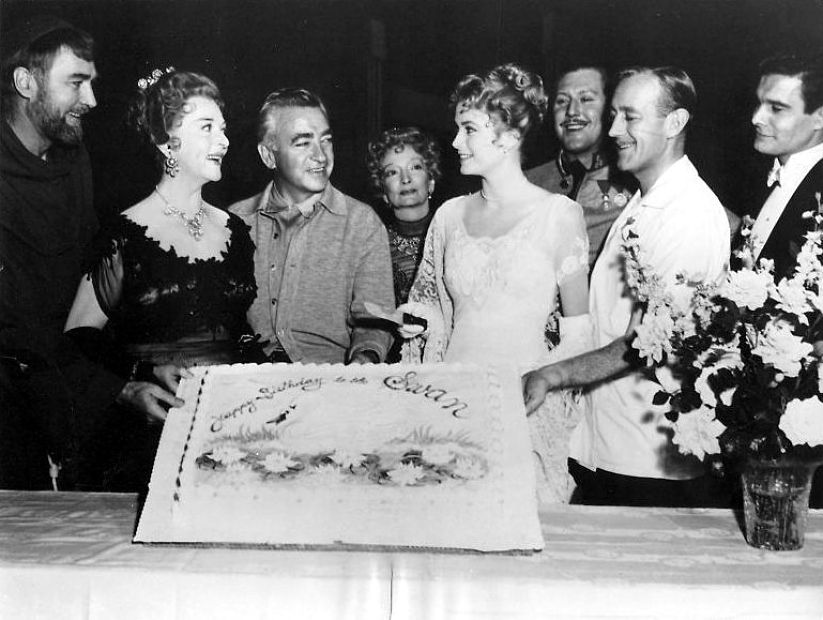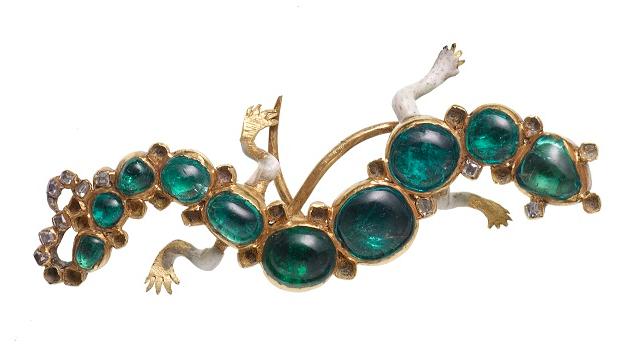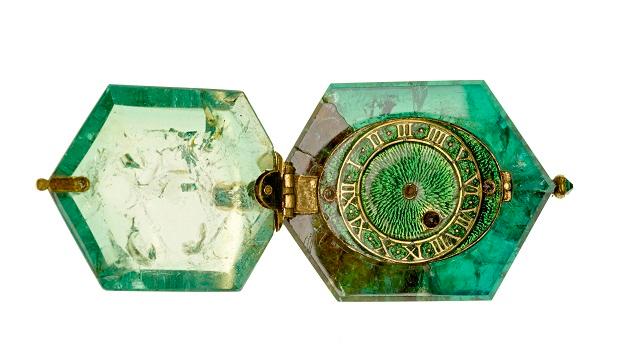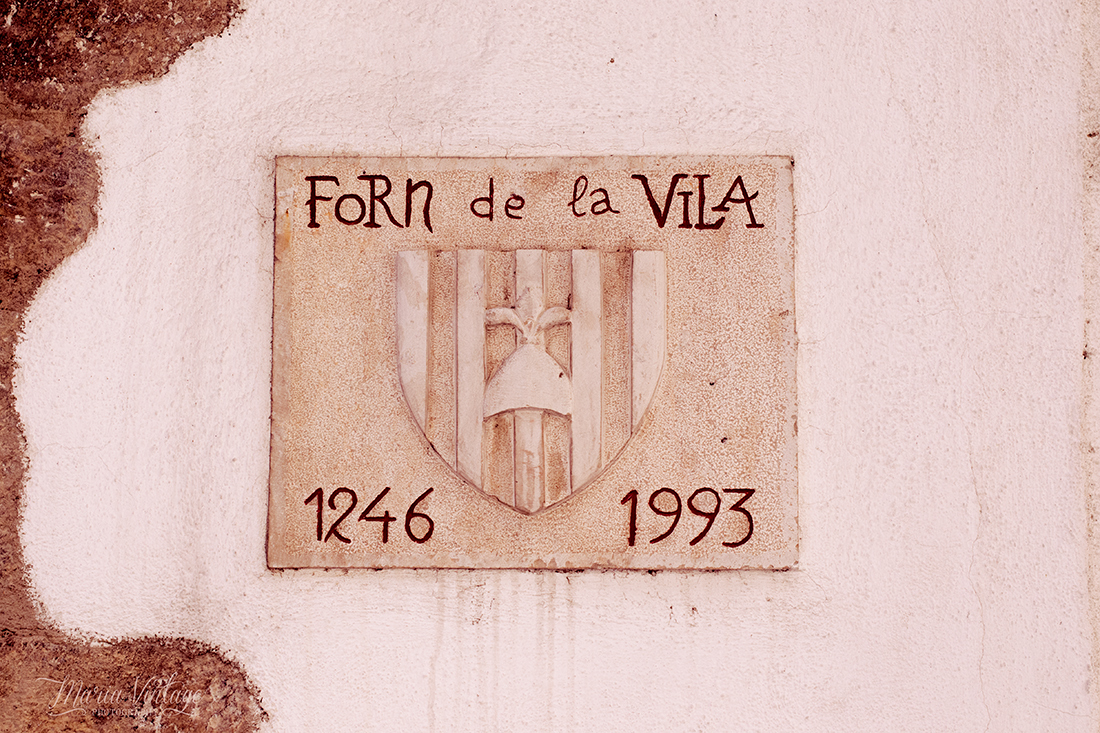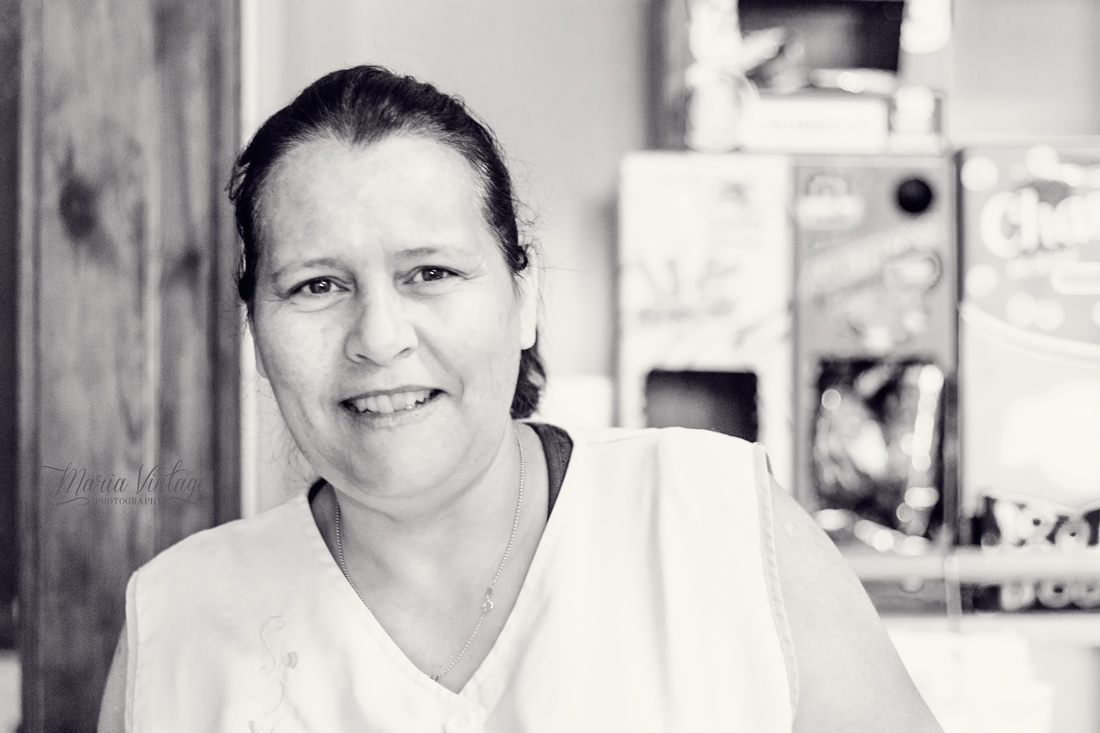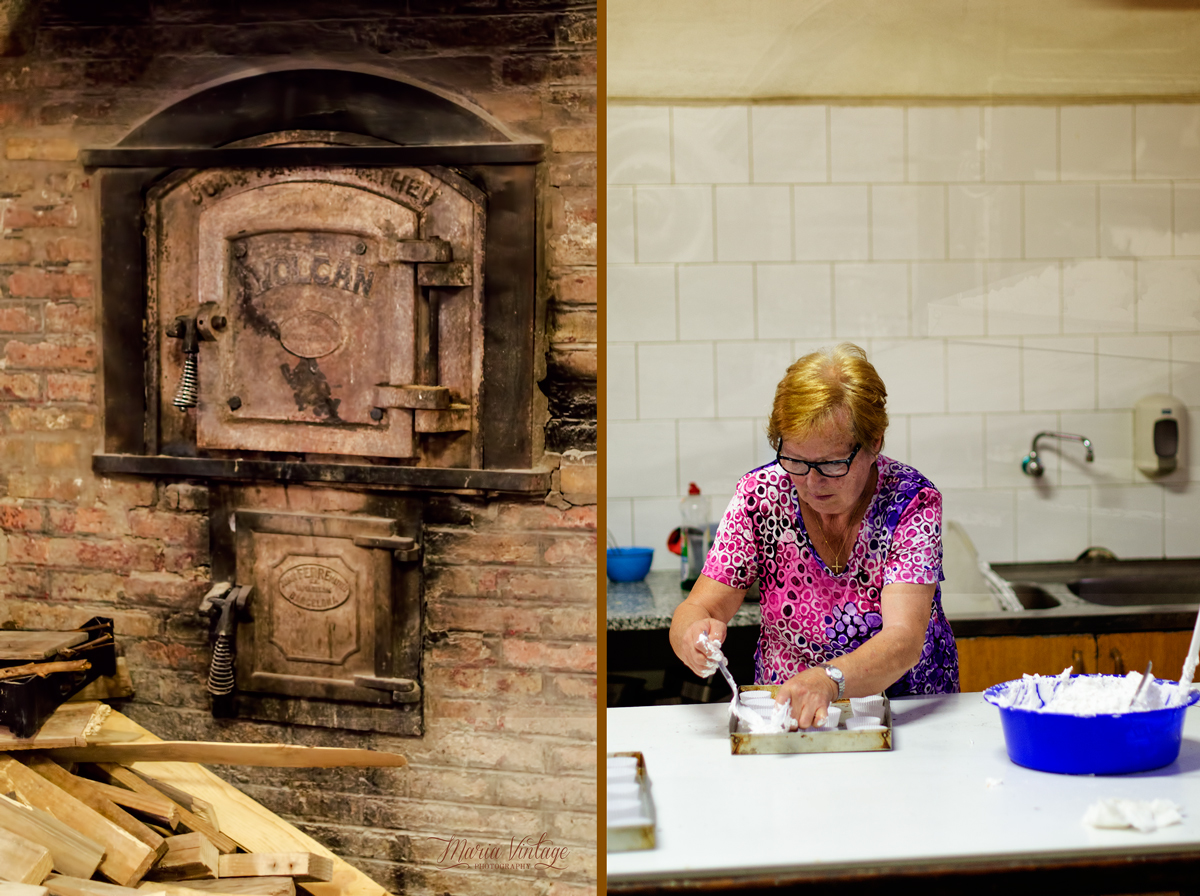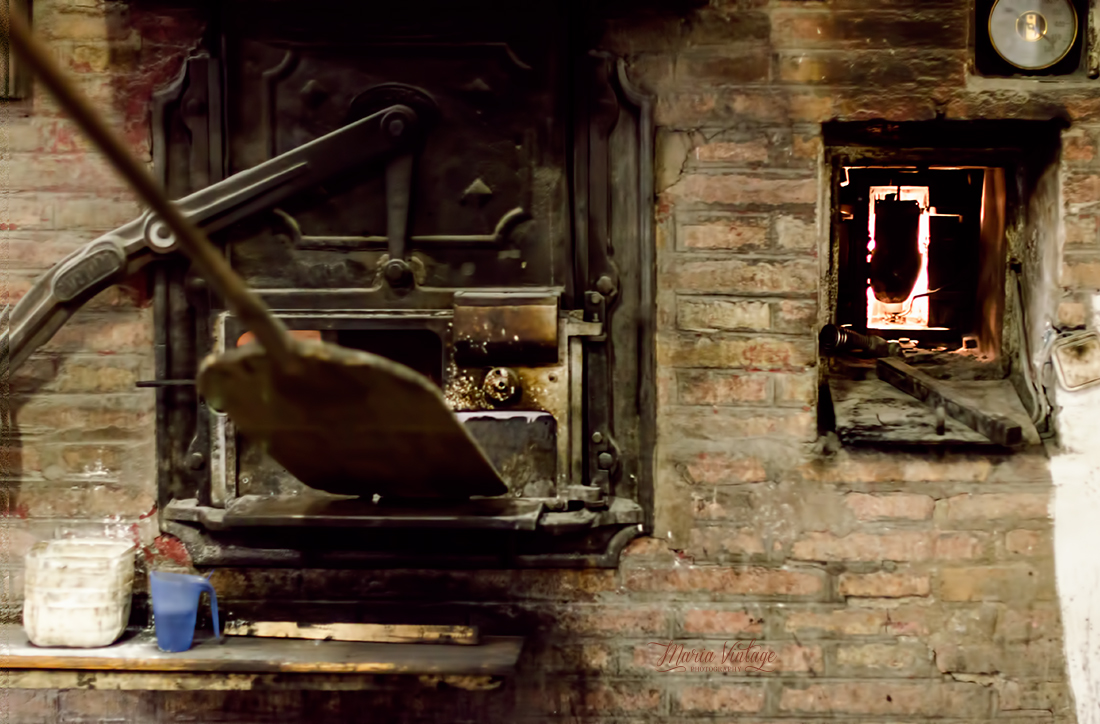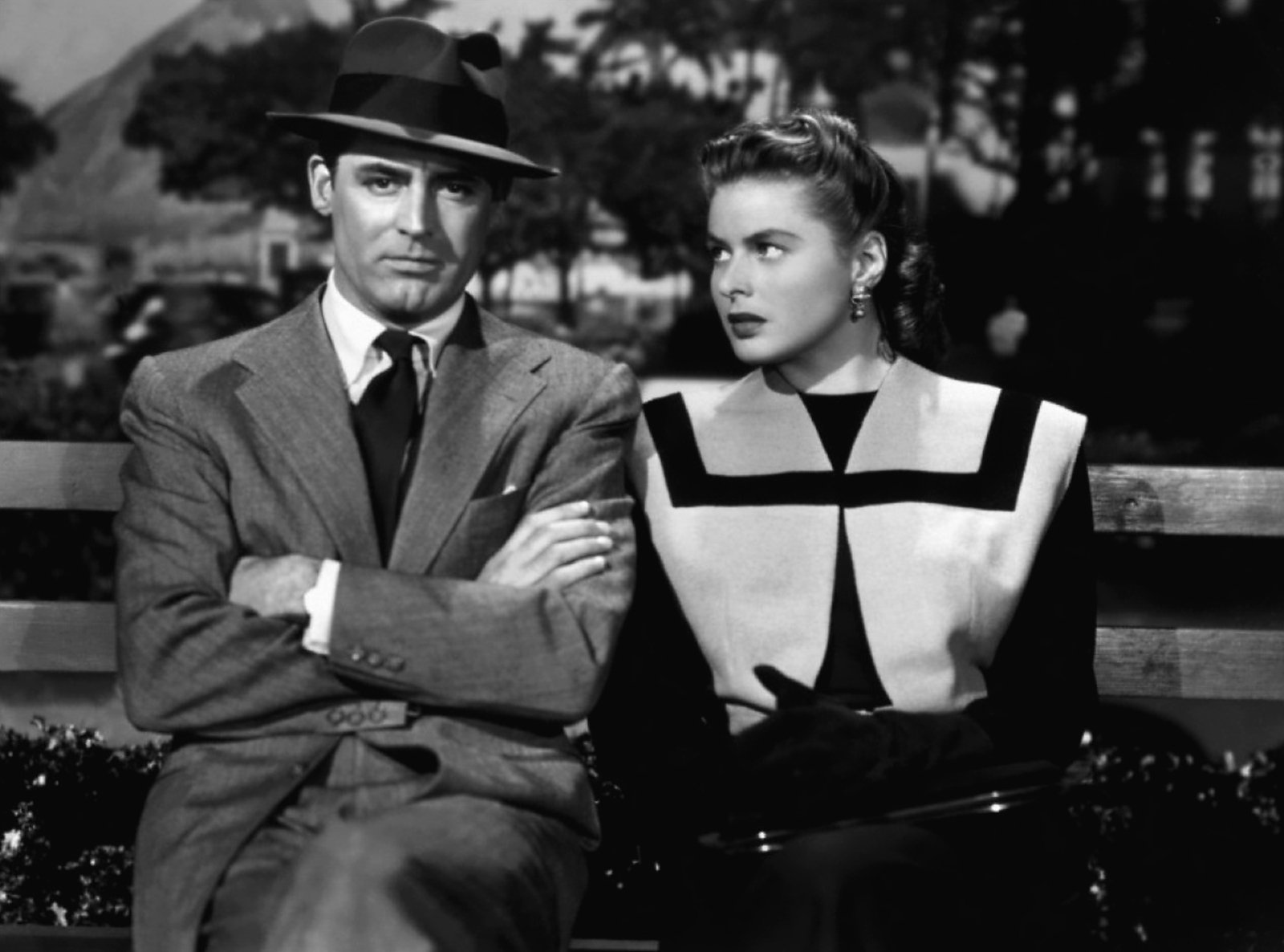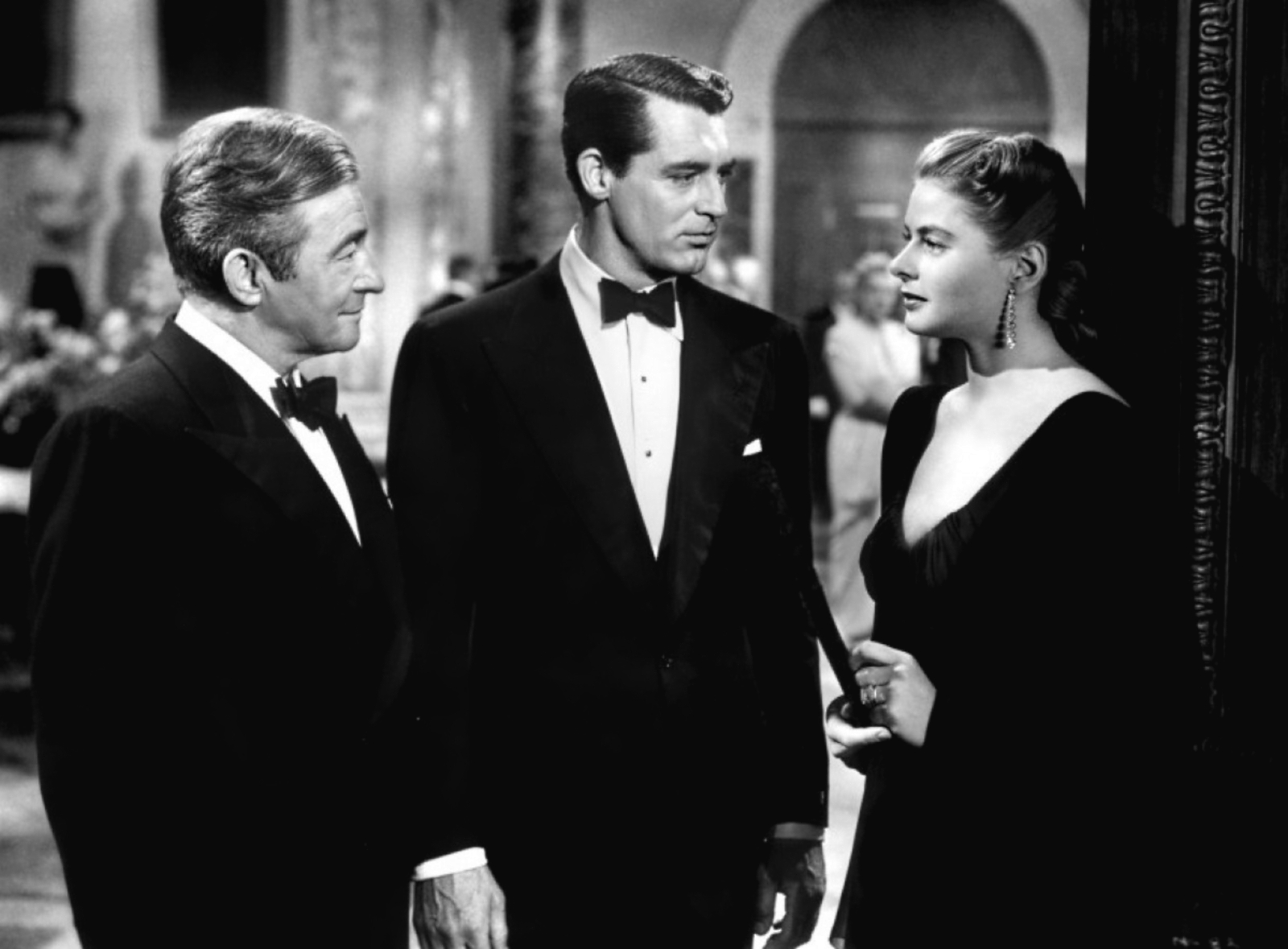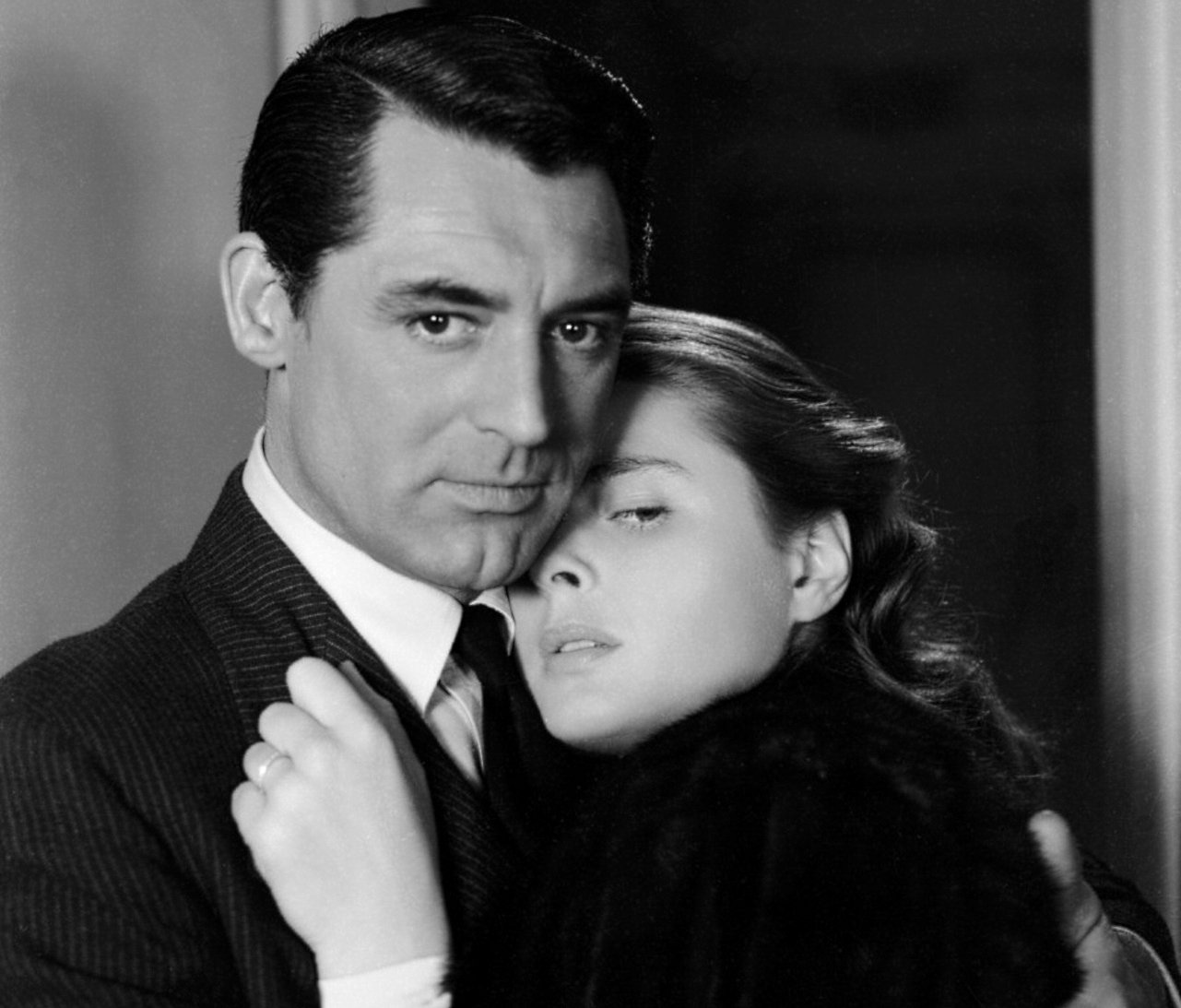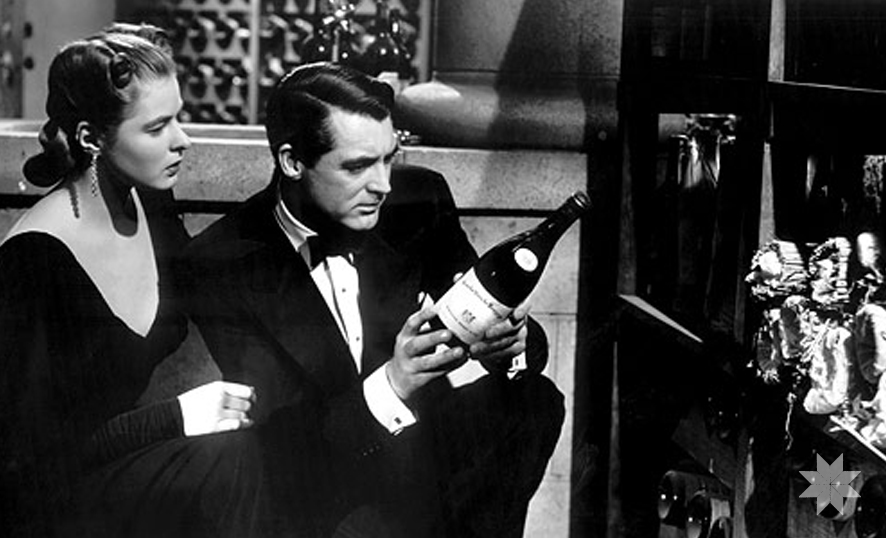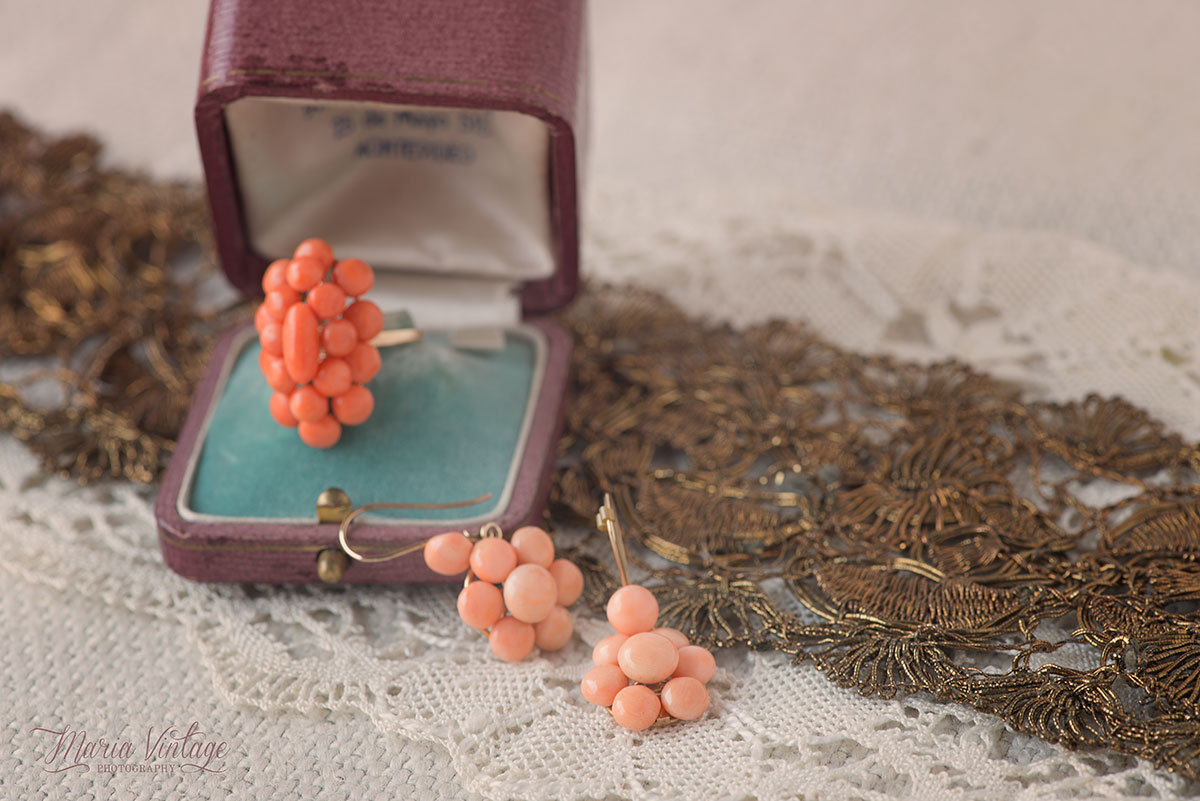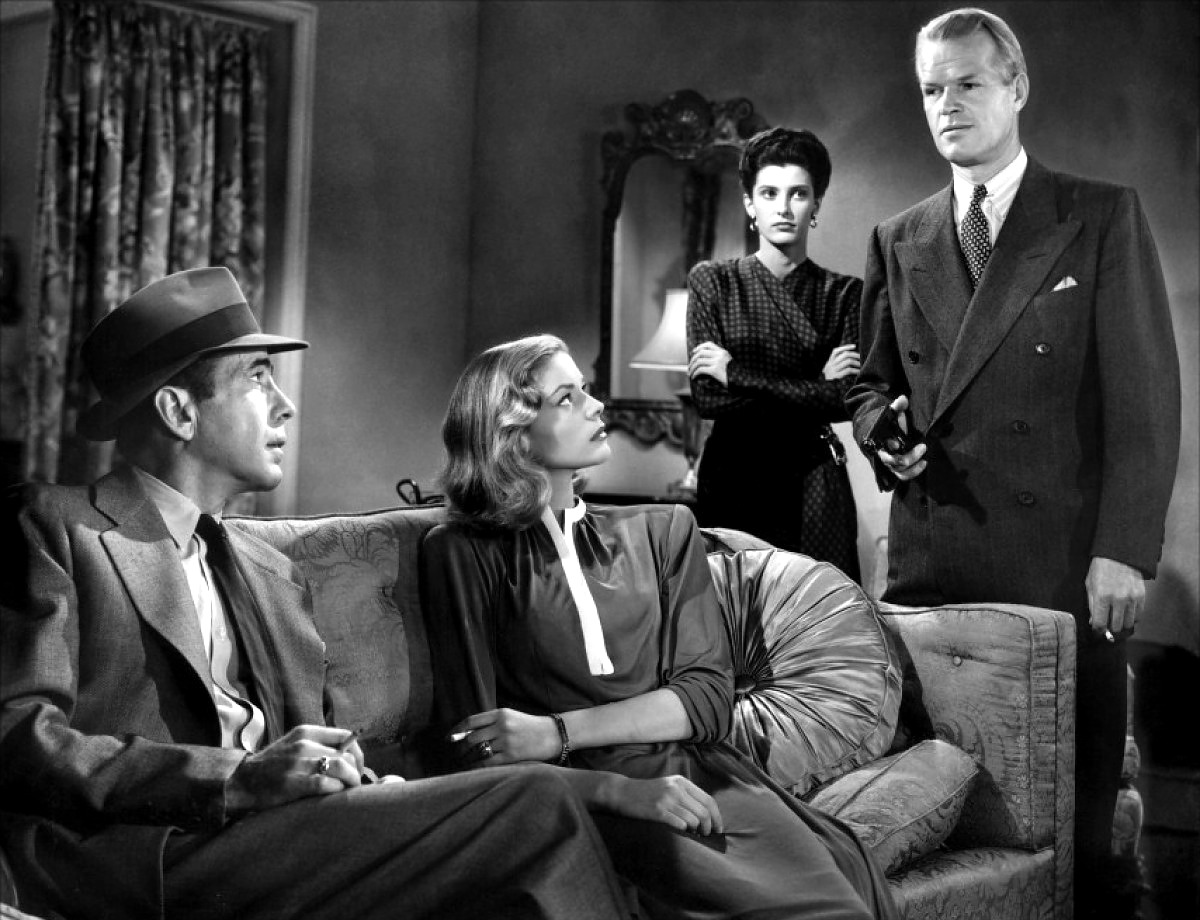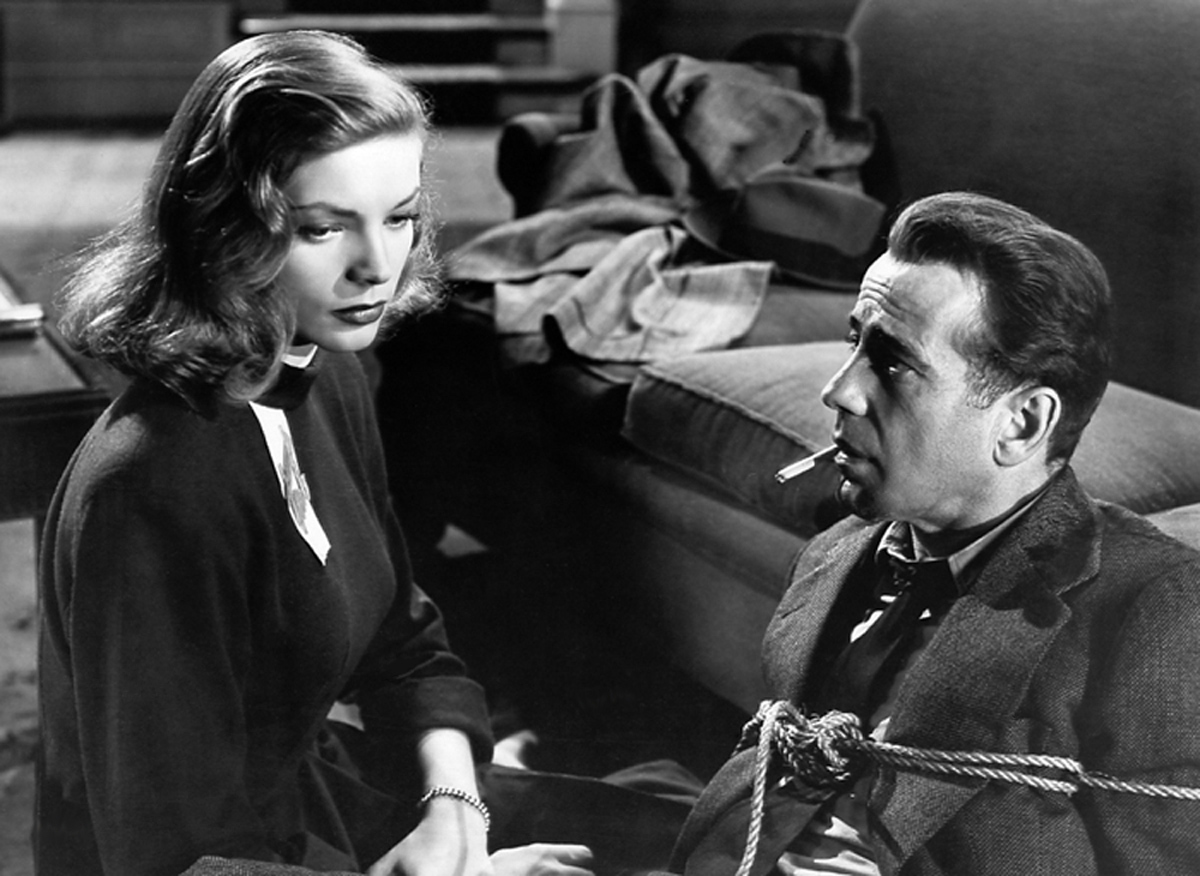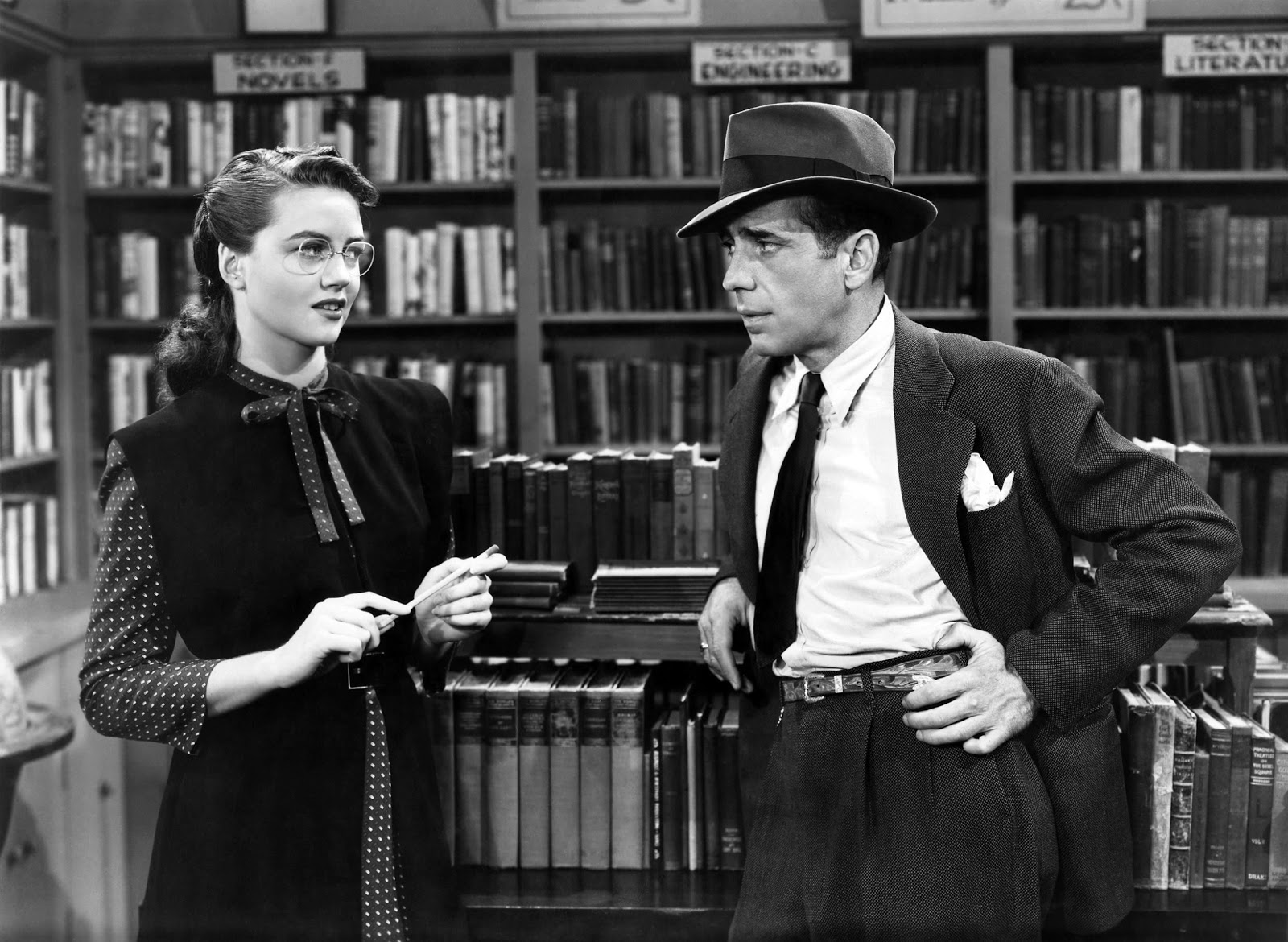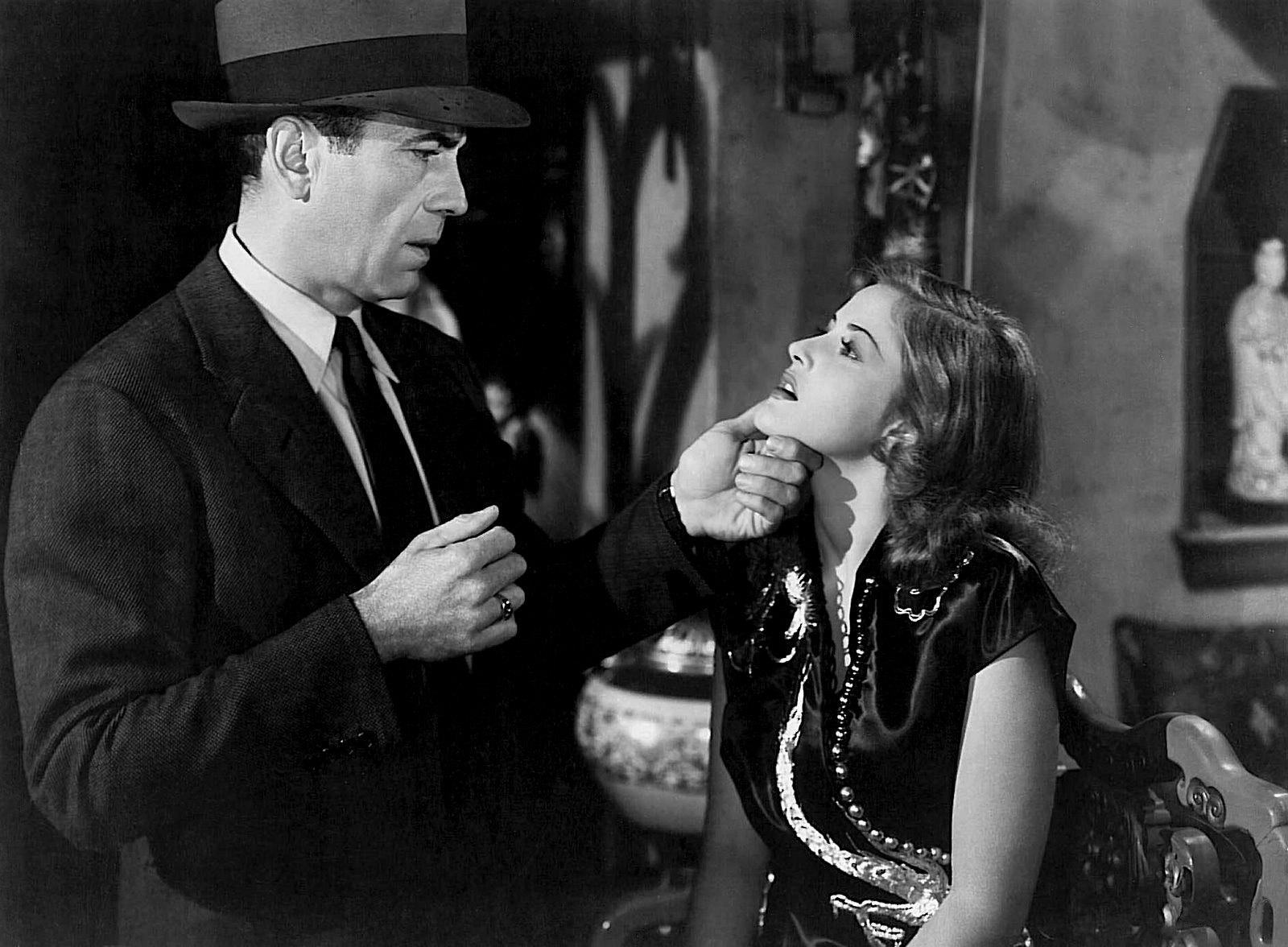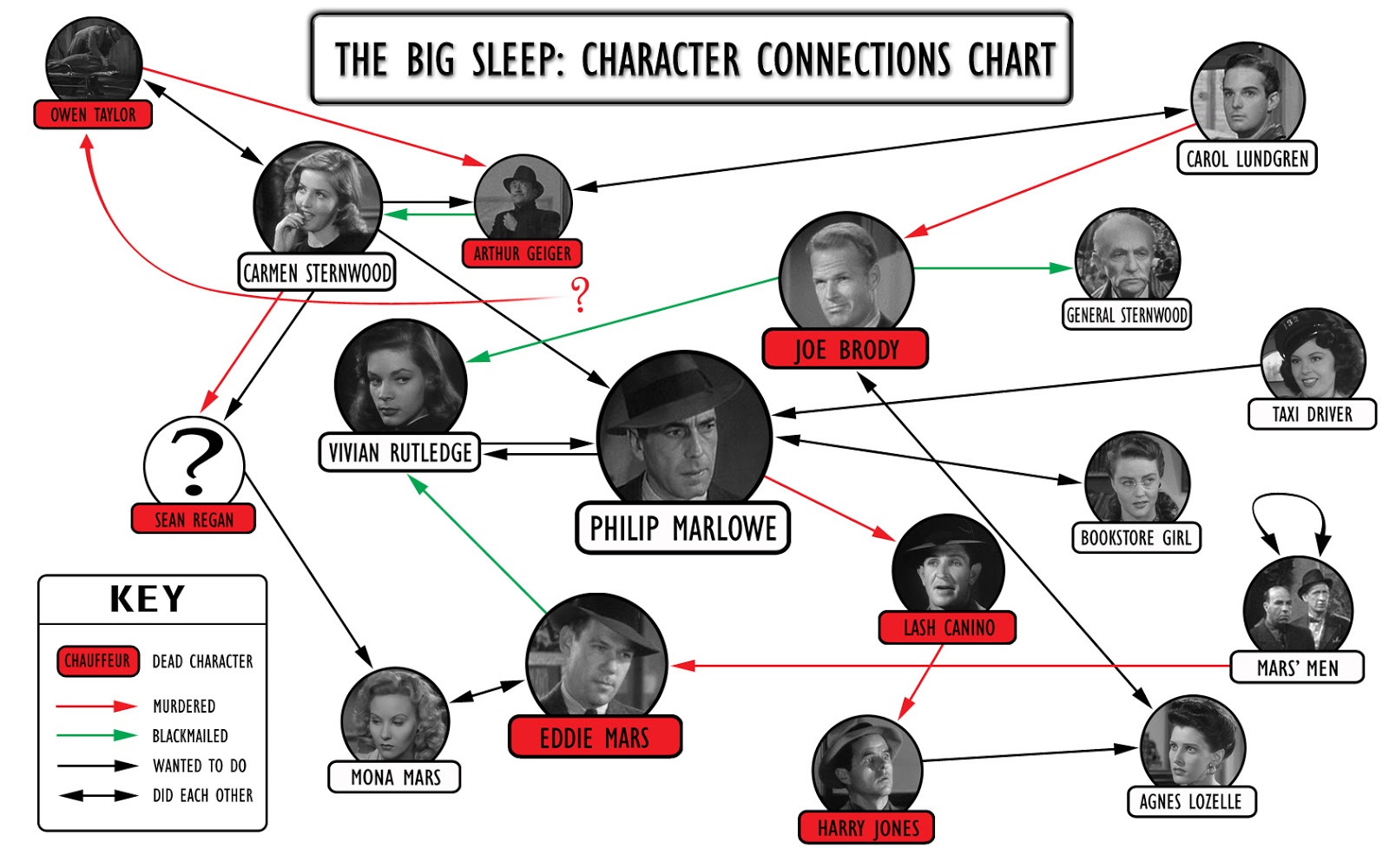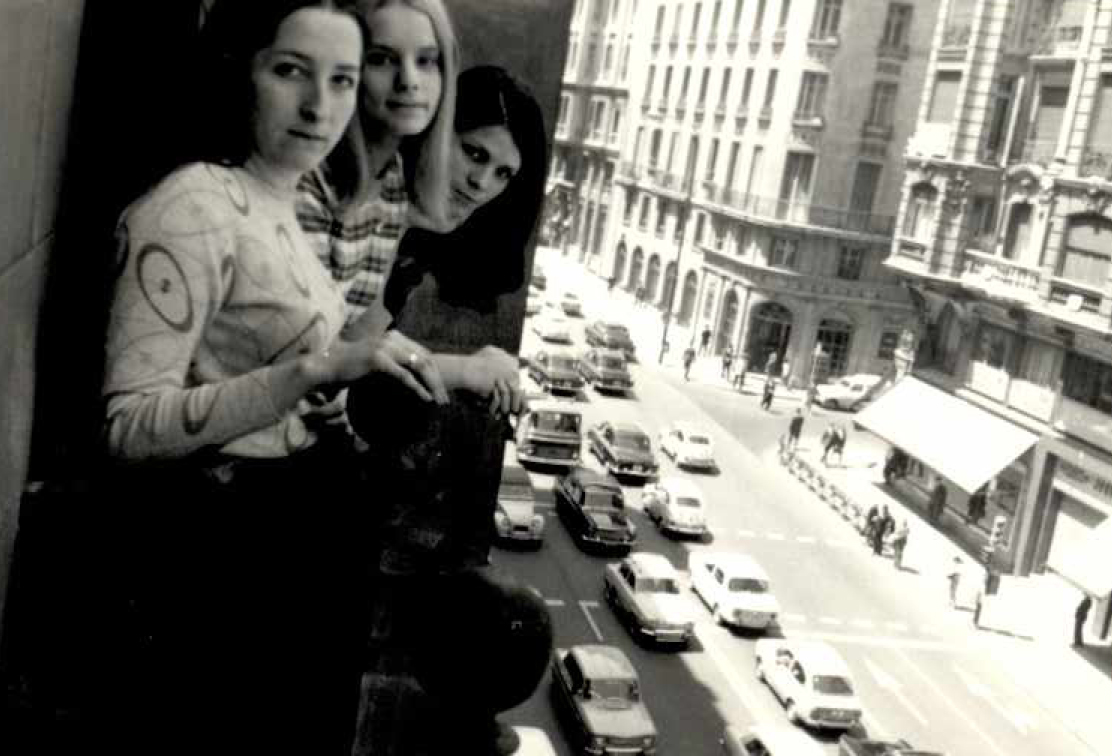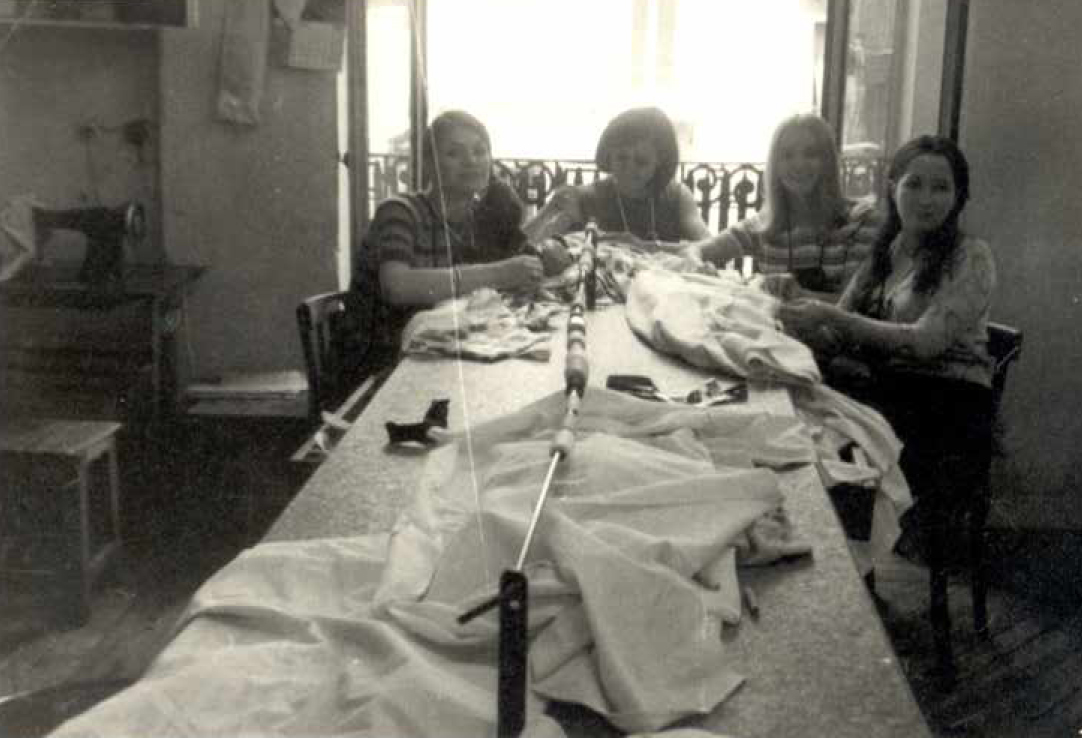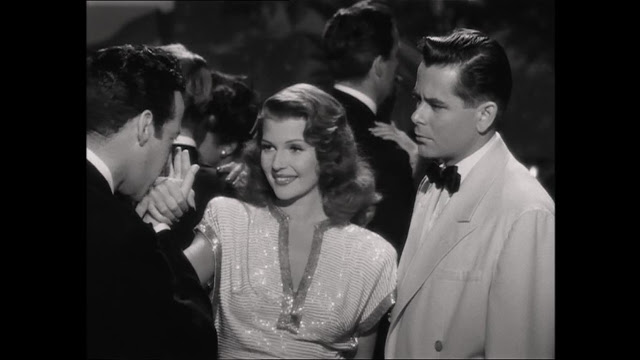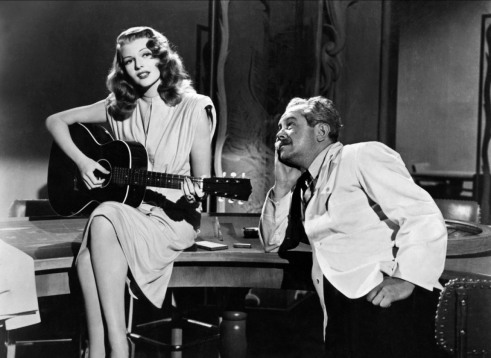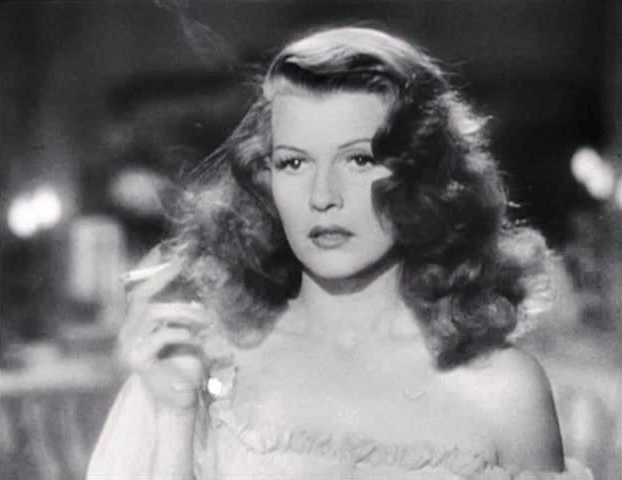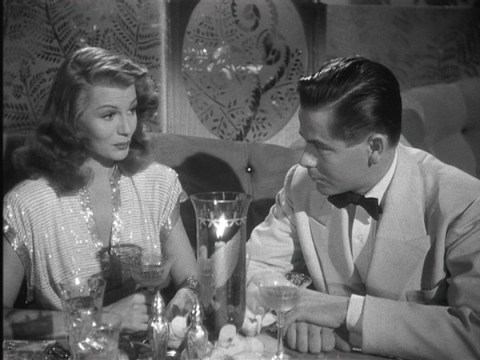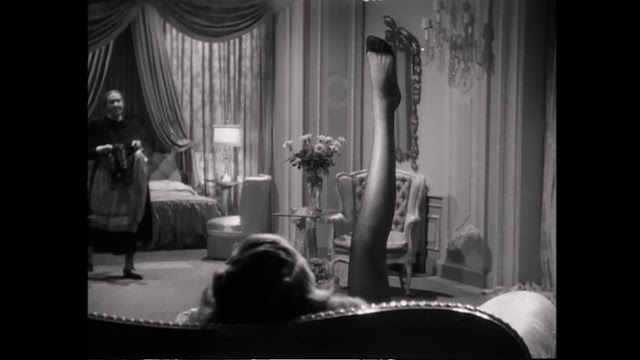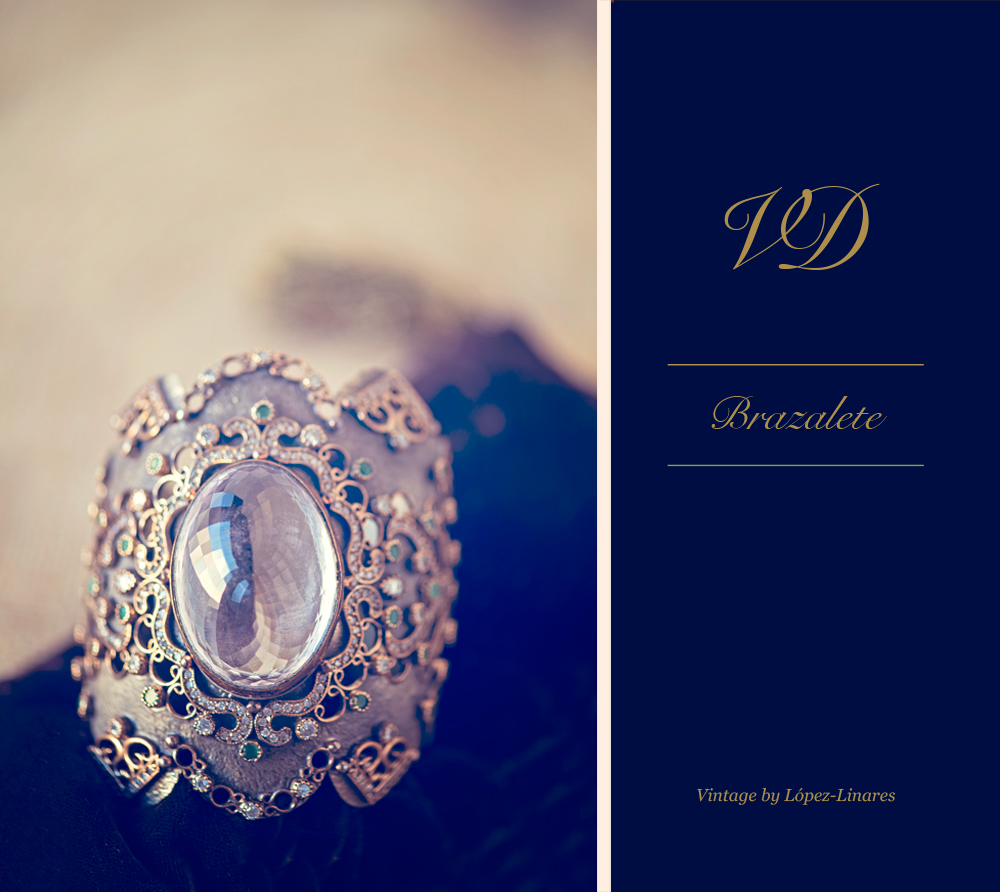Each month will come with its own difficulties, I have that clear. Sometimes it’ll be tech issues, some other times problems with the team, knowledge concerns or emotional worries.
Last February the issues I found on my way were almost all emotional. Technically I had no problems to reach something similar to what the photographer Francesca Woodman did… She is our VIP character this month and I’d love to introduce her to you all.
Francesca Woodman was a very Young American photographer born within a family of artists. When she was only 22 she sadly decided to end her own life. This fact was the first one that catched my attention when I started studying her work. Her parents, still alive, never got the notoriety she did get in just 8 years of an art career. Neither Betty Woodman or George Woodman will ever have a retrospective in the Guggenheim Museum as Francesca did.
Previously I hadn’t heard about her work, neither her life or her story. I just realized how much her work impacted on me when I looked for their pictures… I was speechless. I felt a feeling of intranquility that I can’t explain with words. Francesca was only a 20 years old girl when she already got naked in front of a camera with no complex, very determine to not to hide. In a few of the pictures she looks like frightened, worried, In others however you can perceive her calm, her peace, she seems to be so tranquil.
Francesca, smart, sweet and fragile…
It was difficult for me to deeply understand her work. I only achieved that purpose when I saw the documentary their parents narrated about her life. I’m adding the link at the end of this post in case you reader, want to watch it. I was in awe to hear them talking about her daughter with such serenity.
After that it was even more difficult to select the pictures I wanted to reproduce. I beginned with the ones about the hands, then I followed imitating those with shoes. I finished my work trying to simulate the picture where she is sat down close to the window surrounded by frames over a small table. All of them were done from the total admiration to her work.
Her pictures take you back to that lapse of time. Her images seem to be pulled out from the Victorian epoque of the end of the 19th Century. You’ll be able to see phantasmagorical shadows moving around inside the image in lost scenerios. Human figures appear blurry or under the shadow of the old places she always chose for the scenes.
She was just a girl with a prodigious mind who in just a few years gave us more than 800 pitures. Her parents are the legal owners of her work. We are allowed to see less than a 25% out of the total collection.
My Friends from “El Objetivo Magico” had the great idea to give me away a book about her work as a present for my birthday. A gift that has already become an unforgettable memory about this whole month of hard work.
Before she ended her life, Francesca sent a letter to a friend in the school with these words on it: “My life at this point is like very old sediment in the bottom of a cup of coffee. I’d rather prefer to die young leaving a few realizations […] than hastily erase all these delicate things…”
With all my respect, admiration and appreciation to her, here are my images of February.
Here’s the link to our Blog, together with one of the artwork of each of us (The Magic Lens): Verónica de Prado, Eva Menacho, Iratxe Cieza, Araceli Calabuig, Beatriz Pina, Sylvia Parés, Mima Molina y Sara Lagunas. It’s really worth watching what they have done this past February.
All posts images are inspired in Francesca Woodman’s artwork included within the book “Francesca Woodman” by Chris Townsend.
Here’s also the link to her life: Francesca Woodman. Don’t hesitate to watch it if you have the chance. It’s over 30 minutes long but it’s worth it. más de una hora pero de verdad es impresionante.
You can find more info:
https://www.artsy.net/artist/francesca-woodman
